Whether it's residential boundaries, rural properties, or industrial estates, one major and often underestimated challenge persists: the risk of striking underground utilities.
From electrical cables and gas pipelines to telecommunications and water mains, modern underground networks are dense and varied. Striking these utilities can lead to:
- Expensive repair costs
- Legal liabilities
- Project delays
- Safety hazards
This is why owning a reliable cable and pipe locator is no longer optional—it's essential.
In this guide, we explore how fencing contractors can benefit immensely from investing in a high-quality cable and pipe locator, with a focus on Radiodetection’s industry-leading products like the RD8200, RD7200, and CAT4+.
Table of Contents
- Why Underground Utility Strikes Are a Serious Risk
- How Cable and Pipe Locators Work
- Top Benefits of Owning a Locator for Fencing Contractors
- Radiodetection: The Gold Standard in Utility Locating
- Detailed Overview of Radiodetection Models
- RD8200SG
- RD7200
- SuperCAT4+
- Genny4 Transmitters
- Case Study: Preventing a Power Line Strike on a Rural Fence Installation
- Why Renting Is No Longer the Best Option
- How Owning a Locator Saves You Money
- Training and Support from Radiodetection
- Conclusion: Protect Your Business and Reputation
1. Why Underground Utility Strikes Are a Serious Risk
Fencing projects often require post-hole digging, trenching, and deep drilling. But when you dig without locating underground infrastructure, you're effectively working blind. Utility strikes can:
Electrocute workers (in the case of live power lines)
Cause gas leaks or explosions
Disrupt essential services like internet and water
Lead to hefty fines under WHS laws or Dial Before You Dig (BYDA) compliance failures
Did you know?
According to BYDA, there are over 60 utility strikes every week in Australia, and many of these are from small contractors unaware of what's beneath the surface.
2. How Cable and Pipe Locators Work
Cable and pipe locators use electromagnetic fields to detect buried utilities. Most systems involve:
A transmitter: Sends a signal into underground lines.
A receiver: Detects the signal and helps trace the path and depth of the utility.
There are both passive (detecting naturally radiating signals) and active (using a transmitter) locating modes
3. Top Benefits of Owning a Locator for Fencing Contractors
a. Avoid Utility Strikes
Locators like the Radiodetection RD8200SG can detect live electrical cables, gas pipes, telecom lines, and water mains, allowing you to work safely around them.
b. Faster Site Preparation
No more waiting days for external utility marking services. You can start mapping your worksite within minutes.
c. Improved Accuracy and Confidence
Locate precisely where to avoid digging and where to safely drill—ideal when placing fence posts near driveways, streets, or commercial buildings.
d. Professional Credibility
Clients notice when you bring professional-grade gear to a site. A fencing contractor who uses a locator is seen as safer, more experienced, and trustworthy.
e. Compliance with BYDA and Safety Regulations
In many states, contractors must demonstrate due diligence in checking for underground utilities. Using a locator helps prove you followed the proper procedure.
4. Radiodetection: The Gold Standard in Utility Locating
Radiodetection is globally recognized for its cutting-edge utility locators. Their products are designed for both professionals and contractors who need rugged, reliable, and precise locating systems.
Why Radiodetection?
Durability for harsh job sites
Advanced signal processing
Built-in GPS and data logging (in RD8200SG)
Intuitive interfaces for new users
Long-term serviceability and support
5. Detailed Overview of Radiodetection Models
Radiodetection RD8200SG
The flagship model, perfect for high-accuracy work.
Key Features:
Class-leading precision with GPS mapping
Bluetooth and USB data transfer
Depth estimation up to 6 metres
Integrated compass and signal strength indicator
Multi-frequency support
Best For: Large-scale fencing jobs, compliance-focused contractors, and those near urban or industrial zones.
Radiodetection RD7200
A versatile, all-purpose locator ideal for regular contractors.
Key Features:
7 active frequencies
Depth and current measurement
Compass orientation
Lightweight and rugged design
Best For: Contractors who want professional accuracy without the advanced data features of the RD8200.
Radiodetection CAT4+
Compact yet powerful for everyday locating needs.
Key Features:
Power, Radio, and Genny signal detection
StrikeAlert to detect shallow cables
Optional Depth measurement
One-button operation
Best For: Fast job sites or suburban fencing projects.
6. Case Study: Preventing a Power Line Strike on a Rural Fence Installation
A fencing contractor in rural Victoria was hired to install over 400m of boundary fencing. The area had underground power leading to a pump station. Using the RD8200, the contractor:
Located the power cable within 1 metre of a planned post
Rerouted the digging plan
Avoided a potentially fatal electrocution
Completed the project 2 days early, saving the client thousands
7. Why Renting Is No Longer the Best Option
Renting a locator for each job:
Adds up over time
Delays projects due to availability
Limits your ability to respond to urgent jobs
Owning a locator means:
Always being prepared
Faster response to clients
Lower long-term costs
8. How Owning a Locator Saves You Money
Let’s Break It Down:
Factor Renting Locator Owning Radiodetection Locator
Cost per Job $250–$400 $0 after initial purchase
Lost Time per Job 1–2 days 0
Risk of Utility Damage High Very Low
Return on Investment Low High within 3–5 jobs
9. Training and Support from Radiodetection via Testrix Systems
Radiodetection offers comprehensive training via certified partners and online tutorials. For Australian contractors, suppliers like Testrix Systems offer:
Onsite or remote training
Calibration services
Local support and repairs
Plus, Radiodetection units are built to last, with replaceable parts and firmware updates for long-term use.
10. Conclusion: Protect Your Business and Reputation
Fencing contractors operate in some of the most variable and unpredictable environments in construction. Investing in a Radiodetection cable and pipe locator isn’t just about technology—it’s about protecting your team, your clients, and your business.




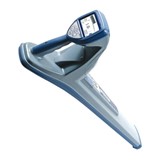
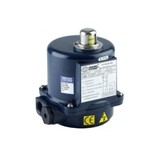
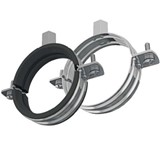
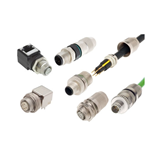
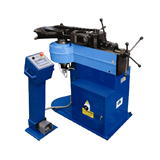

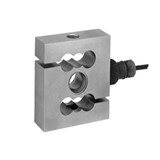
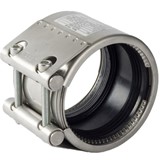
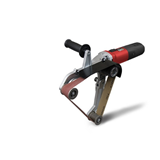
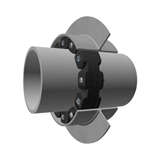

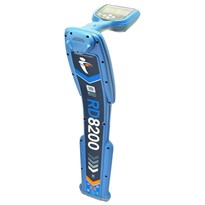
-205x205.jpg)




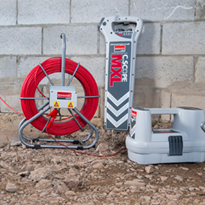





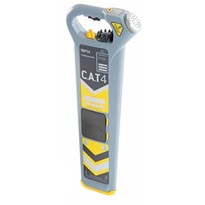


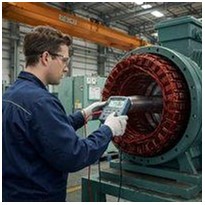


-205x205.jpg)
-205x205.jpg)
-205x205.jpg)